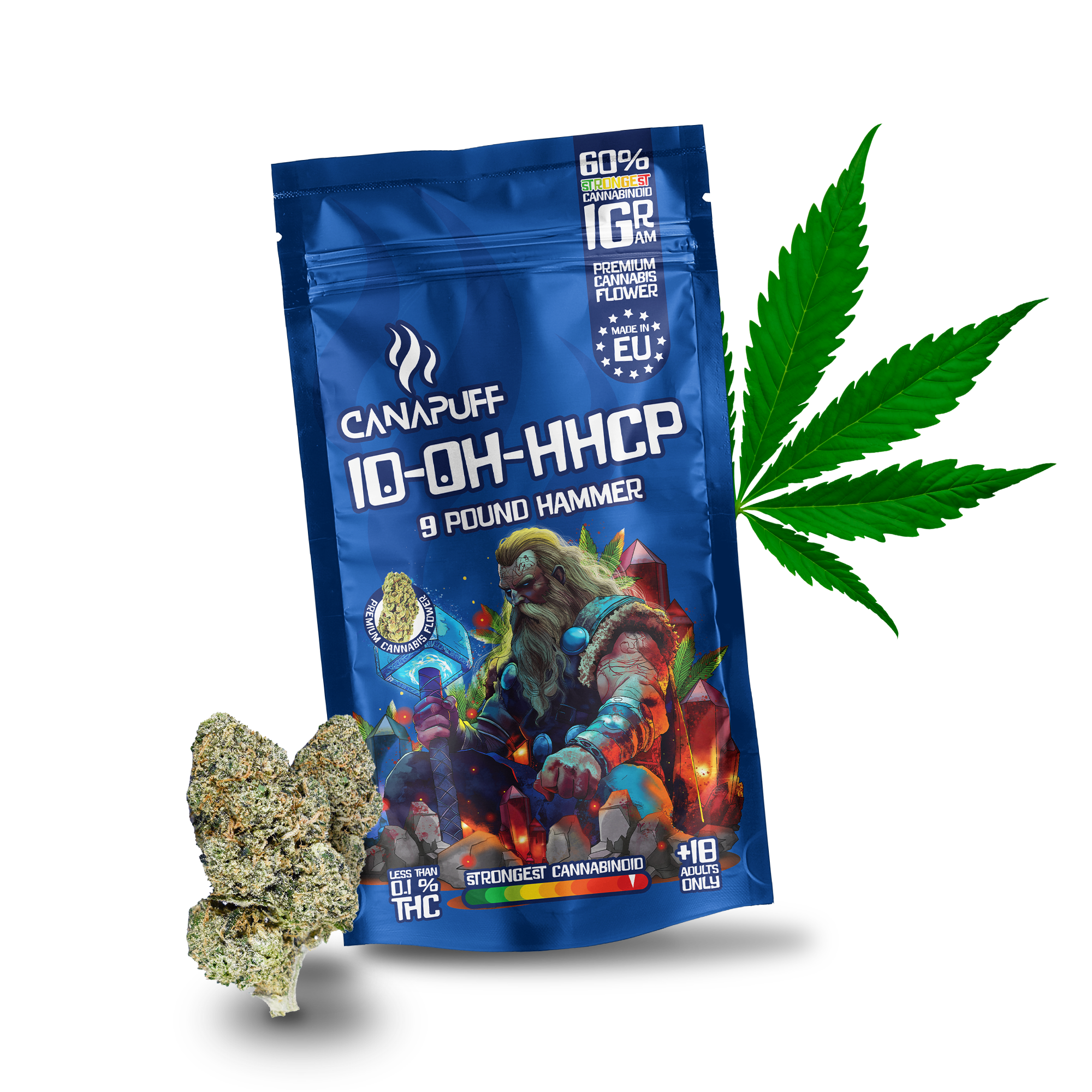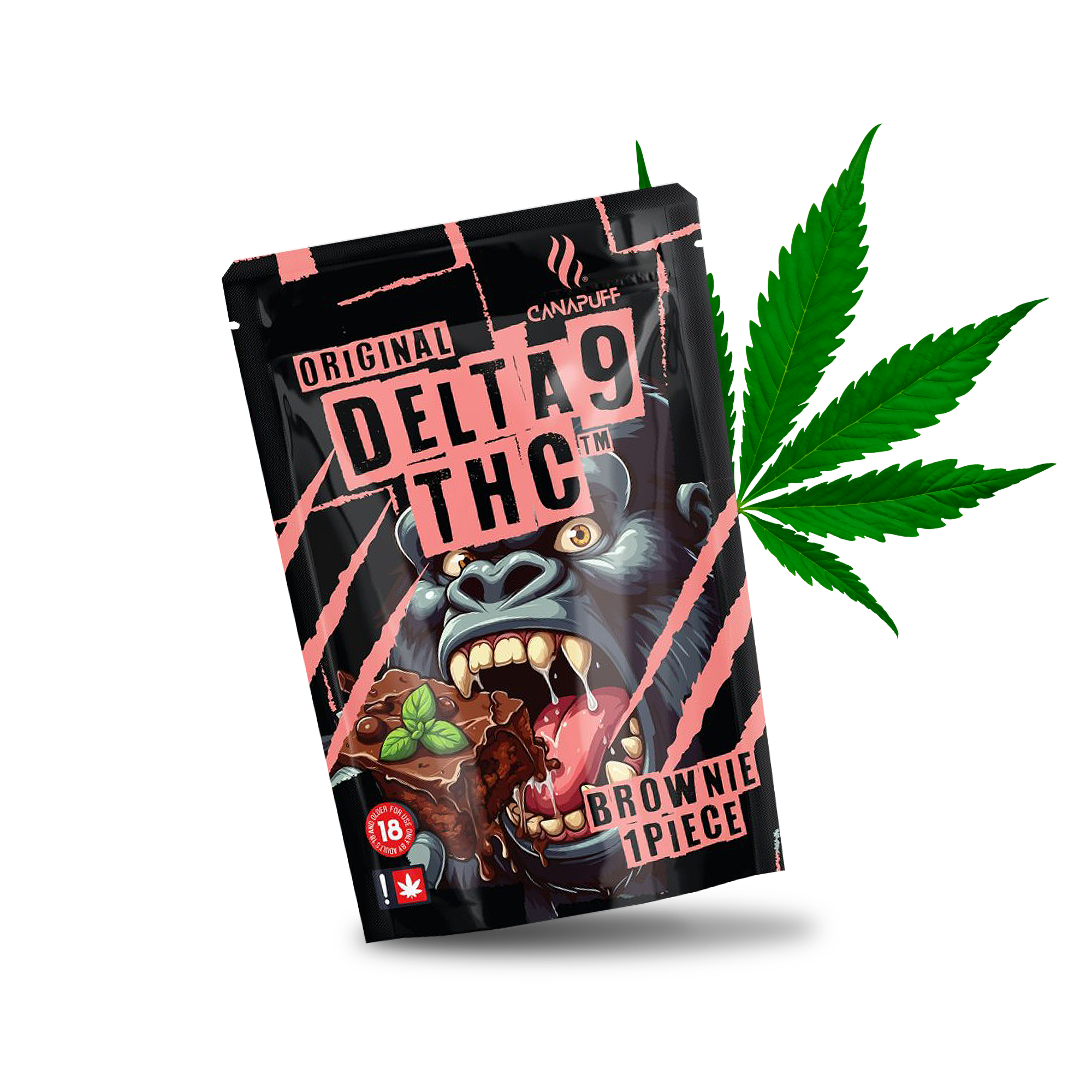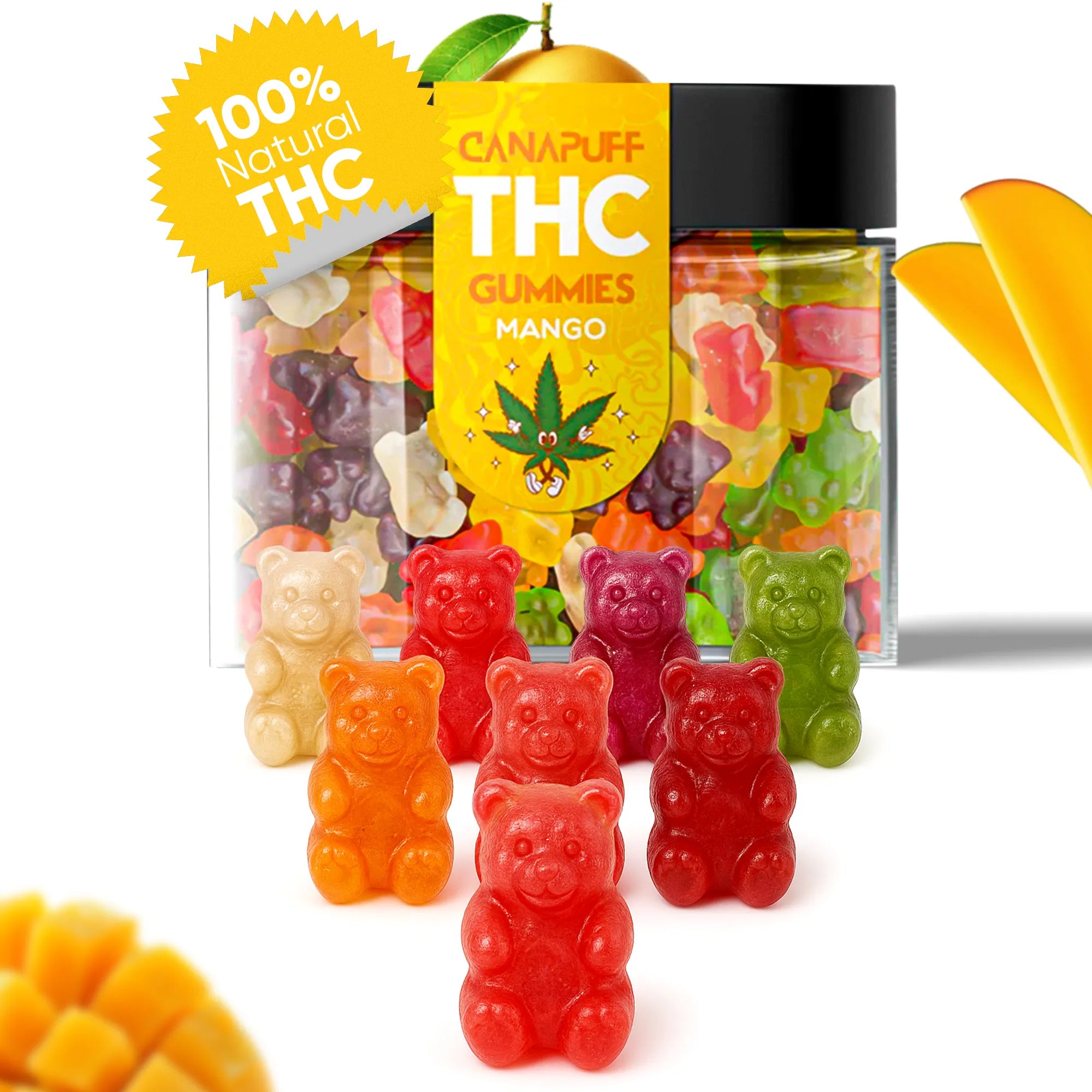As more natural remedies become mainstream, two popular substances have garnered significant attention: kratom and CBD. Both are derived from plants and used for various wellness purposes, but they differ significantly in their effects, legality, and usage. Understanding these differences is essential for anyone looking to use them responsibly and effectively.
In this article, we’ll explore the key distinctions between kratom and CBD, their uses, effects, and safety considerations.
What is Kratom?

Kratom is derived from the leaves of the Mitragyna speciosa tree, native to Southeast Asia. It has been traditionally used for its stimulating and pain-relieving properties. Kratom leaves can be consumed in several forms, including powder, capsules, or tea, and are known to have effects that vary depending on the dosage.
At lower doses, kratom acts as a stimulant, while at higher doses, it can have sedative effects.
Kratom's Active Compounds
Kratom contains alkaloids, primarily mitragynine and 7-hydroxymitragynine, which are responsible for its effects. These alkaloids interact with opioid receptors in the brain, which is why kratom is often compared to opioid-like substances in terms of its impact.
What is CBD?

CBD (cannabidiol) is one of the primary cannabinoids found in the cannabis plant. Unlike THC (tetrahydrocannabinol), CBD is non-psychoactive, meaning it doesn’t produce the "high" associated with marijuana. Instead, CBD is known for its potential therapeutic benefits, such as reducing anxiety, inflammation, and pain.
How CBD Works
CBD interacts with the body’s endocannabinoid system, which plays a crucial role in regulating various physiological processes, including pain, mood, and immune response. CBD does not bind directly to cannabinoid receptors like THC, but it influences the system in a way that promotes balance and homeostasis.
Key Differences Between Kratom and CBD
While both kratom and CBD are natural substances with wellness benefits, they have several key differences:
1. Source and Composition
- Kratom: Derived from the Mitragyna speciosa tree, native to Southeast Asia.
- CBD: Extracted from cannabis plants, primarily hemp, which contains high levels of CBD and low levels of THC.
2. Effects
- Kratom: At low doses, it acts as a stimulant, providing energy and alertness. At higher doses, it acts as a sedative and can have opioid-like effects, making it useful for pain relief.
- CBD: Does not produce stimulant or sedative effects. Instead, it helps manage anxiety, reduce inflammation, and provide relief from chronic pain.
3. Legal Status
- Kratom: Its legal status varies significantly across countries and even within regions of the United States. In some places, kratom is banned due to concerns about its safety and addictive potential.
- CBD: Federally legal in the U.S. as long as it’s derived from hemp and contains less than 0.3% THC. However, some states have their own regulations.
4. Safety and Side Effects
- Kratom: Can be addictive and may cause side effects such as nausea, vomiting, constipation, and even more severe health issues with long-term use. It’s also known for its potential for abuse.
- CBD: Generally considered safe with minimal side effects, such as drowsiness or dry mouth. It’s not addictive, and long-term use has not been linked to severe health risks.
Uses of Kratom and CBD
Kratom
Kratom is primarily used for:
- Pain Relief: Especially in chronic pain sufferers, kratom’s opioid-like effects make it an alternative to traditional pain medications.
- Energy and Focus: In lower doses, kratom is used as a stimulant to increase energy levels and enhance concentration.
- Mood Enhancement: Some people use kratom to alleviate symptoms of depression and anxiety, though its safety for mental health is debated.
CBD
CBD is commonly used for:
- Anxiety Relief: CBD is widely recognized for its calming effects and is often used to help manage anxiety and stress.
- Pain and Inflammation: It’s used for conditions like arthritis, chronic pain, and inflammation without the psychoactive effects of THC.
- Sleep Improvement: Many users report improved sleep quality and relief from insomnia with CBD use.
Key Differences Between Kratom and CBD

| Aspect | Kratom | CBD |
|---|---|---|
| Source | Mitragyna speciosa (Southeast Asia) | Cannabis (Hemp) |
| Effects | Stimulant at low doses, sedative at high | Anxiety relief, anti-inflammatory |
| Legal Status | Varies by country/state | Legal in most areas, with regulations |
| Addiction Risk | High | Low |
| Safety | Potential side effects and risks | Generally safe with minimal side effects |
Safety Considerations
While both kratom and CBD are used for wellness purposes, they come with different safety profiles.
Kratom Safety
- Addiction and Dependence: Kratom has been linked to addiction, and some users experience withdrawal symptoms similar to those of opioids.
- Health Risks: There are concerns about the potential for liver damage, seizures, and other serious side effects with long-term kratom use.
- Regulation: Because kratom is not as widely regulated, the quality and purity of kratom products can vary significantly, increasing the risk of contamination.
CBD Safety
- Side Effects: CBD is well-tolerated by most people. Common side effects include drowsiness, dry mouth, and changes in appetite. It’s also important to note that CBD can interact with certain medications, so it’s important to consult a healthcare provider before use.
- Regulation: CBD products are subject to stricter regulations in many regions, ensuring better quality control and product safety.
FAQs
Can you use kratom and CBD together?
While some people may choose to use kratom and CBD together, it’s important to approach this combination with caution. Both substances have different effects on the body, and their interaction has not been well-studied. Consulting a healthcare provider before combining them is recommended.
Is kratom legal?
Kratom’s legality varies depending on where you live. It is banned in some countries and states due to concerns about safety and addiction potential. Be sure to check your local laws before purchasing or using kratom.
Can CBD help with kratom withdrawal?
There is some anecdotal evidence that CBD may help ease withdrawal symptoms in those who are trying to stop using kratom, but more research is needed. CBD is known for its calming and anti-anxiety effects, which could be beneficial during the withdrawal process.
Conclusion
Kratom and CBD are both natural substances with unique properties and effects. While kratom is known for its stimulant and sedative effects, it comes with significant safety concerns, including the risk of addiction. On the other hand, CBD offers a wide range of wellness benefits with minimal side effects and a better safety profile.
Before using either substance, it’s essential to understand their differences, legal status, and potential risks. If in doubt, always consult a healthcare professional to ensure safe and informed usage.

















Leave a comment
This site is protected by hCaptcha and the hCaptcha Privacy Policy and Terms of Service apply.